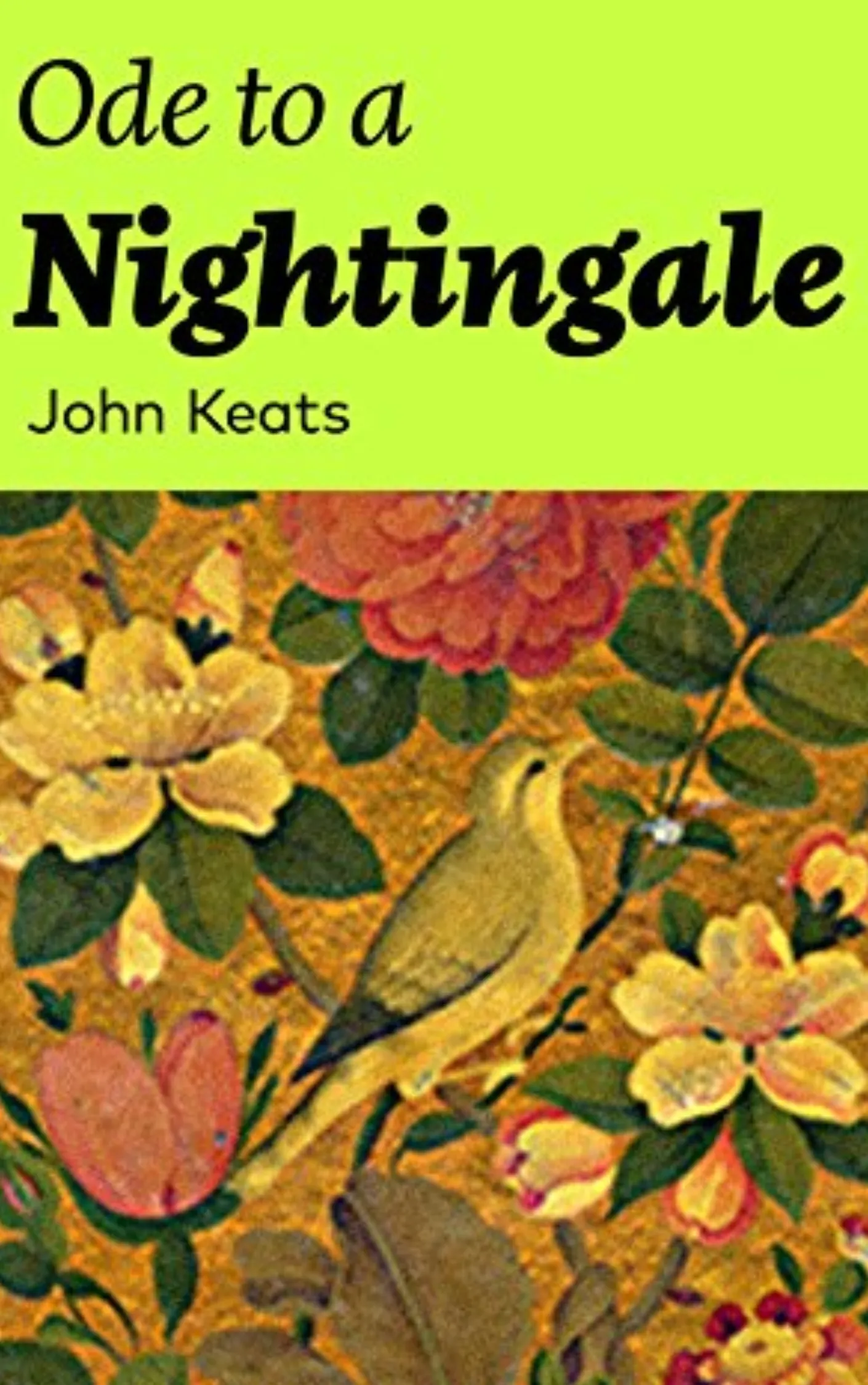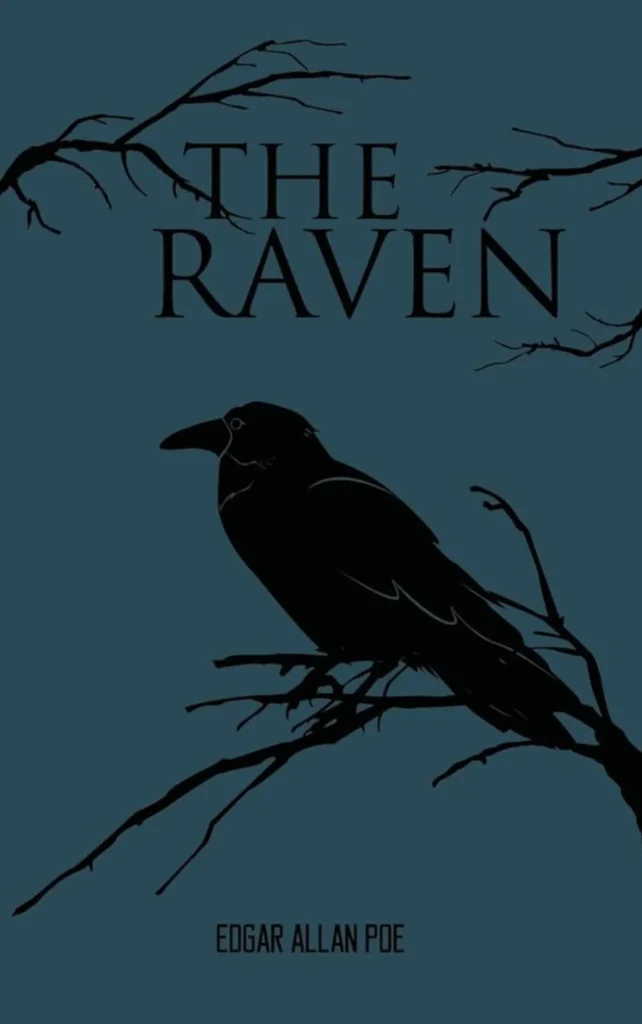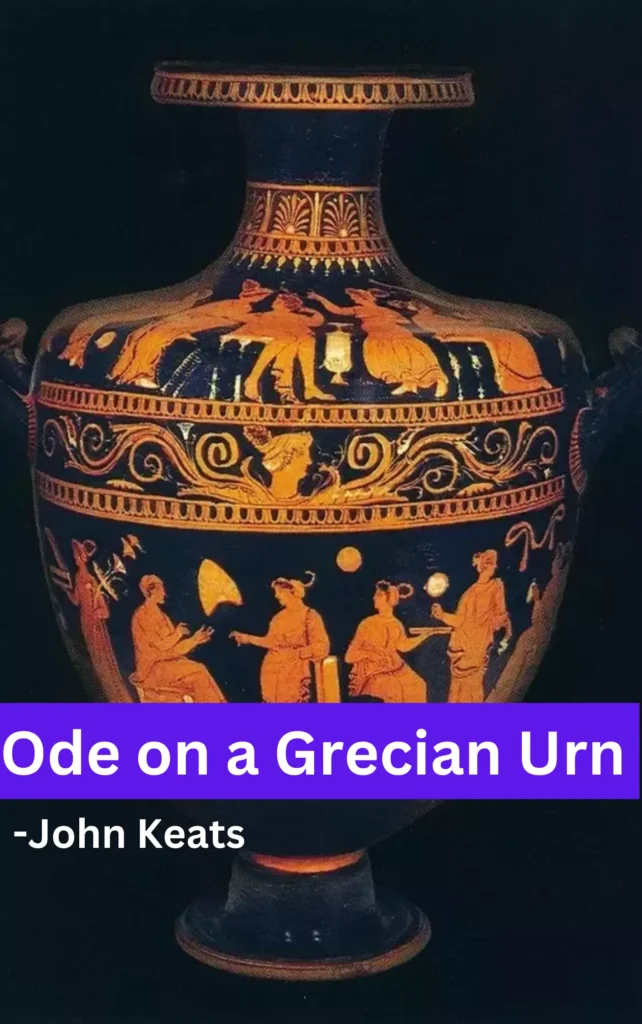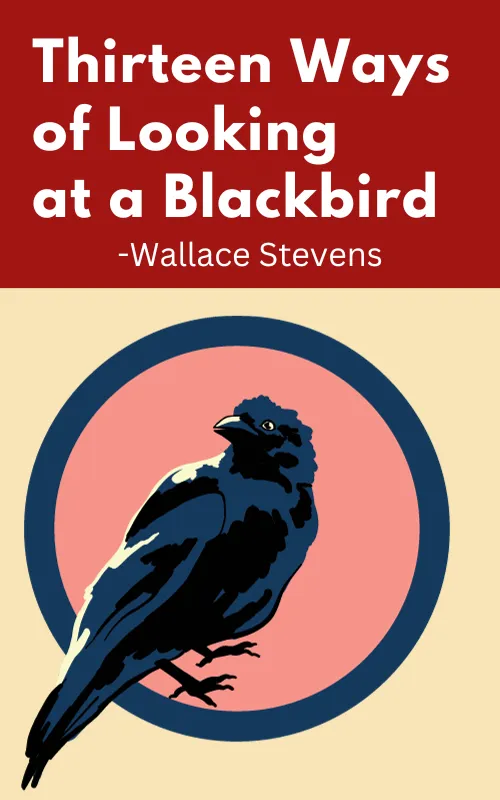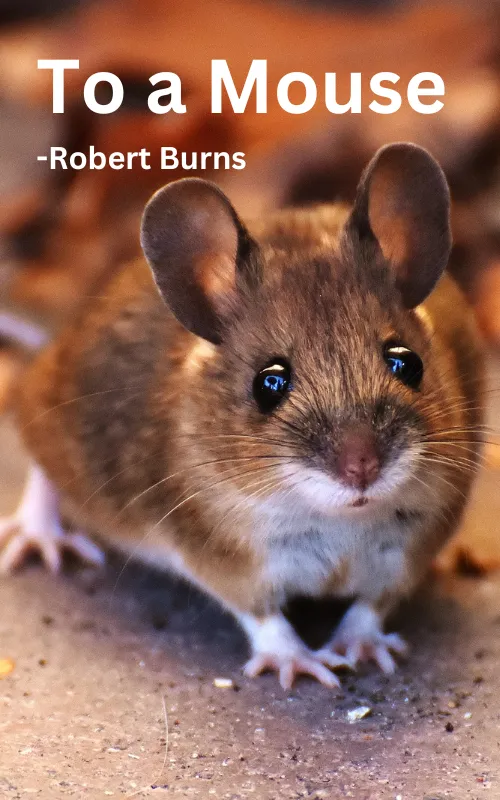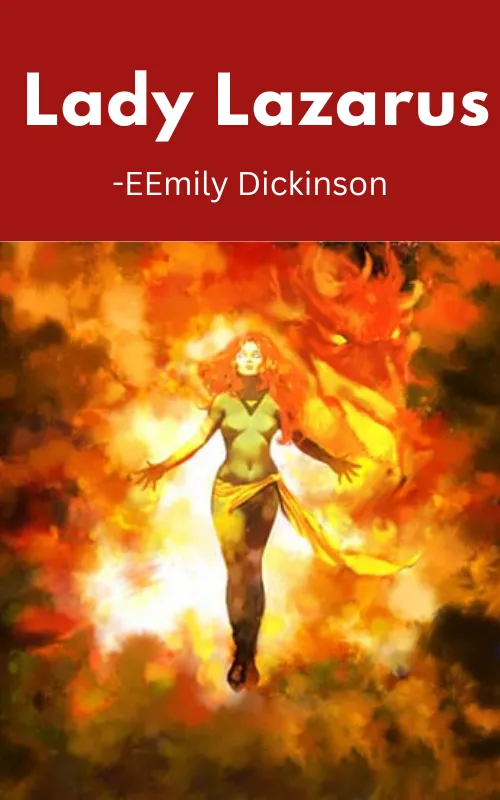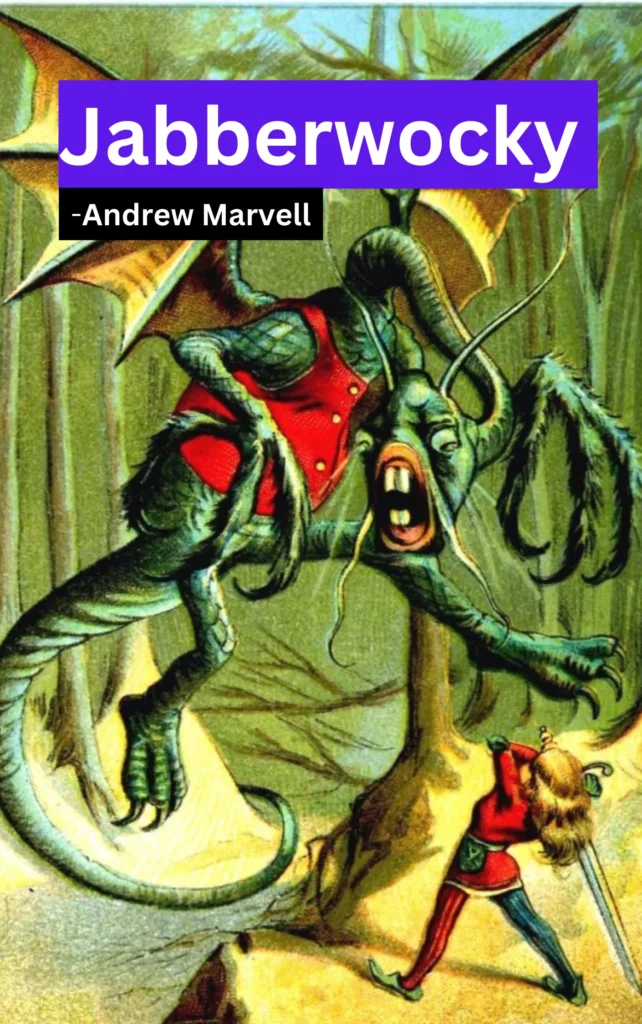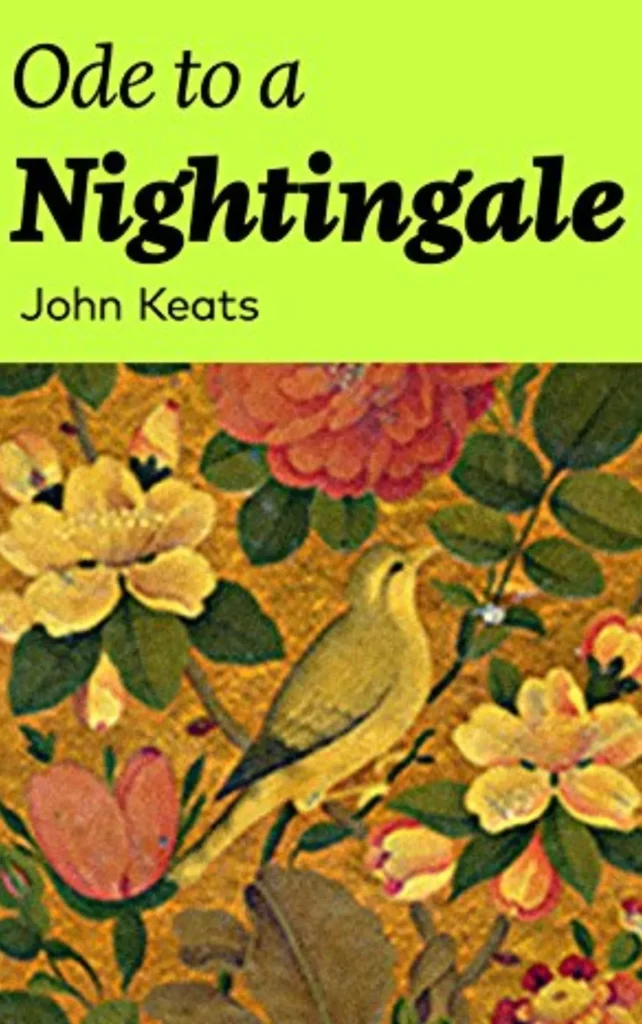
About- Ode to a Nightingale
| Poem Title | Ode to a Nightingale |
| Author | John Keats |
| Date written | May 1819 |
| Genre | Ode |
| Form | Eight stanzas of ten lines each, in iambic pentameter with an ABAB CDCD EFEF rhyme scheme |
| Setting | A dark forest at night |
| Speaker | A young man who is listening to the song of a nightingale |
| Themes | Nature, beauty, mortality, escapism, the imagination |
| Notable literary devices | Imagery, personification, metaphor, simile, symbolism |
Ode to a Nightingale Poem
My heart aches, and a drowsy numbness pains
My sense, as though of hemlock I had drunk,
Or emptied some dull opiate to the drains
One minute past, and Lethe-wards had sunk:
‘Tis not through envy of thy happy lot,
But being too happy in thine happiness,—
That thou, light-winged Dryad of the trees
In some melodious plot
Of beechen green, and shadows numberless,
Singest of summer in full-throated ease.
O, for a draught of vintage! that hath been
Cool’d a long age in the deep-delved earth,
Tasting of Flora and the country green,
Dance, and Provençal song, and sunburnt mirth!
O for a beaker full of the warm South,
Full of the true, the blushful Hippocrene,
With beaded bubbles winking at the brim,
And purple-stained mouth;
That I might drink, and leave the world unseen,
And with thee fade away into the forest dim:
Fade far away, dissolve, and quite forget
What thou among the leaves hast never known,
The weariness, the fever, and the fret
Here, where men sit and hear each other groan;
Where palsy shakes a few, sad, last gray hairs,
Where youth grows pale, and spectre-thin, and dies;
Where but to think is to be full of sorrow
And leaden-eyed despairs,
Where Beauty cannot keep her lustrous eyes,
Or new Love pine at them beyond to-morrow.
Away! away! for I will fly to thee,
Not charioted by Bacchus and his pards,
But on the viewless wings of Poesy,
Though the dull brain perplexes and retards:
Already with thee! tender is the night,
And haply the Queen-Moon is on her throne,
Cluster’d around by all her starry Fays;
But here there is no light,
Save what from heaven is with the breezes blown
Through verdurous glooms and winding mossy ways.
I cannot see what flowers are at my feet,
Nor what soft incense hangs upon the boughs,
But, in embalmed darkness, guess each sweet
Wherewith the seasonable month endows
The grass, the thicket, and the fruit-tree wild;
White hawthorn, and the pastoral eglantine;
Fast fading violets cover’d up in leaves;
And mid-May’s eldest child,
The coming musk-rose, full of dewy wine,
The murmurous haunt of flies on summer eves.
Darkling I listen; and, for many a time
I have been half in love with easeful Death,
Call’d him soft names in many a mused rhyme,
To take into the air my quiet breath;
Now more than ever seems it rich to die,
To cease upon the midnight with no pain,
While thou art pouring forth thy soul abroad
In such an ecstasy!
Still wouldst thou sing, and I have ears in vain—
To thy high requiem become a sod.
Thou wast not born for death, immortal Bird!
No hungry generations tread thee down;
The voice I hear this passing night was heard
In ancient days by emperor and clown:
Perhaps the self-same song that found a path
Through the sad heart of Ruth, when, sick for home,
She stood in tears amid the alien corn;
The same that oft-times hath
Charm’d magic casements, opening on the foam
Of perilous seas, in faery lands forlorn.
Forlorn! the very word is like a bell
To toll me back from thee to my sole self!
Adieu! the fancy cannot cheat so well
As she is fam’d to do, deceiving elf.
Adieu! adieu! thy plaintive anthem fades
Past the near meadows, over the still stream,
Up the hill-side; and now ’tis buried deep
In the next valley-glades:
Was it a vision, or a waking dream?
Fled is that music:—Do I wake or sleep?
Watch Full Poem Summary on YouTube
Ode to a Nightingale-Summary & Analysis
“Ode to a Nightingale” by John Keats is a celebrated Romantic poem written in 1819. It consists of eight stanzas, and it delves into the themes of the fleeting nature of life, the contrast between the ideal and the real, the transformative power of art, and the allure of the nightingale’s song. Here is a detailed stanza-by-stanza summary:
Stanza 1: The poem begins with the speaker addressing the nightingale as a “light-winged Dryad of the trees,” highlighting the bird’s ethereal quality. The speaker expresses a desire to escape the troubles and realities of life through the enchanting song of the nightingale. He yearns to drink deep of the “Lethe-wards,” alluding to the river of forgetfulness in Greek mythology, to escape his sorrows.
Stanza 2: In this stanza, the speaker continues to be entranced by the nightingale’s song. He speaks of its powerful ability to transport him to a realm of imagination and transcendence, where he can momentarily forget the pains of mortality and mundane existence. He feels like he is “half in love with easeful Death”.
Stanza 3: The speaker acknowledges the nightingale’s timeless quality, noting that it has been singing for centuries and will continue to do so. He contrasts this with human existence, which is marked by transience and suffering. He wants to be in a state of constant bliss, like the nightingale.
Stanza 4: Here, the speaker begins to confront the stark contrast between the idealized world of the nightingale and the harsh reality of life. He mentions the harshness of the “real” world, which is fraught with pain, sickness, and death. The nightingale’s song, however, remains a symbol of perfection and immortality.
Stanza 5: The speaker describes his desire to escape to the world of the nightingale, leaving behind the material world. He even contemplates using poison, a symbol of self-destructive escapism, to achieve this end. The nightingale’s song seems more enticing than the world of suffering.
Stanza 6: The speaker becomes aware of the limitations of his imagination and the fleeting nature of the nightingale’s song. He acknowledges that the bird’s song is a product of his own mind, and it may not bring the solace he seeks. The nightingale’s song also seems to be fading away as he regains his sense of reality.
Stanza 7: In this stanza, the speaker expresses a sense of disappointment as he comes to terms with the impermanence of the nightingale’s song. He realizes that the bird’s song is not a permanent escape from life’s struggles, and he is left feeling empty and desolate.
Stanza 8: The poem concludes with a return to the present moment as the nightingale’s song fades into the distance. The speaker reflects on the transient nature of beauty, joy, and inspiration. He acknowledges that, like the nightingale’s song, everything is fleeting. Despite this realization, he finds solace in the fact that his imagination and poetry can preserve the beauty and emotions of the nightingale’s song for future generations.
FAQs
What is the main idea of Ode to a Nightingale?
The main idea of “Ode to a Nightingale” is the power of imagination and the beauty of nature to provide solace and escape from the pain and suffering of the world.
What is the literal meaning of Ode to a Nightingale?
The literal meaning of “Ode to a Nightingale” by John Keats is a poem addressed to a nightingale, expressing the speaker’s admiration for its song and their desire to escape the pain and suffering of the world by joining the nightingale in its world of beauty and joy.
Is Ode to a Nightingale a sad poem?
Yes, “Ode to a Nightingale” is a sad poem, but it is also a poem about hope and the power of imagination.
What does Ode to a Nightingale say about death?
Ode to a Nightingale by John Keats suggests that death can be a source of comfort and solace, as it can provide an escape from the pain and suffering of the world.
Why is the nightingale called an immortal bird?
The nightingale is called an immortal bird because its song is timeless and eternal. The speaker believes that the nightingale’s song can transcend death and allow him to escape from the pain and suffering of the world.
What are 3 interesting facts about Florence Nightingale?
Here are 3 interesting facts about Florence Nightingale:
–She is credited with founding the modern profession of nursing.
–She was known as the “Lady with the Lamp” for her work caring for wounded soldiers during the Crimean War.
–She was a brilliant statistician and used her data analysis skills to improve hospital conditions and reduce the mortality rate of soldiers.
Who did Florence Nightingale marry?
Florence Nightingale did not marry. She was a nurse who dedicated her life to helping others. She was known as the “Lady with the Lamp” for her work during the Crimean War.

